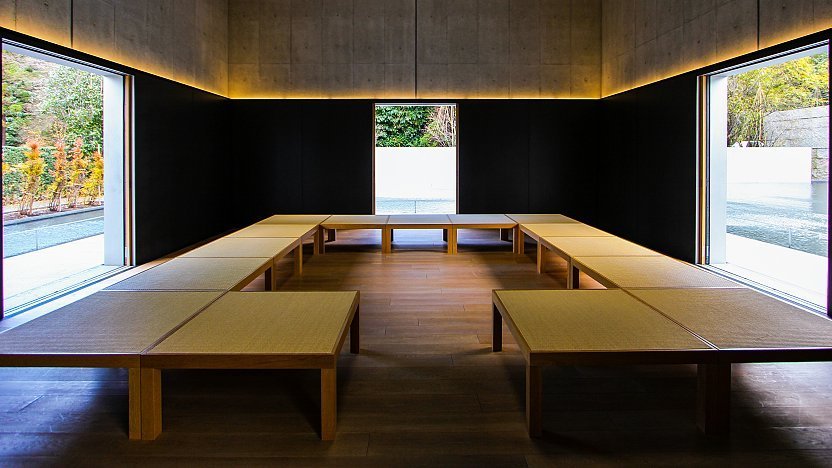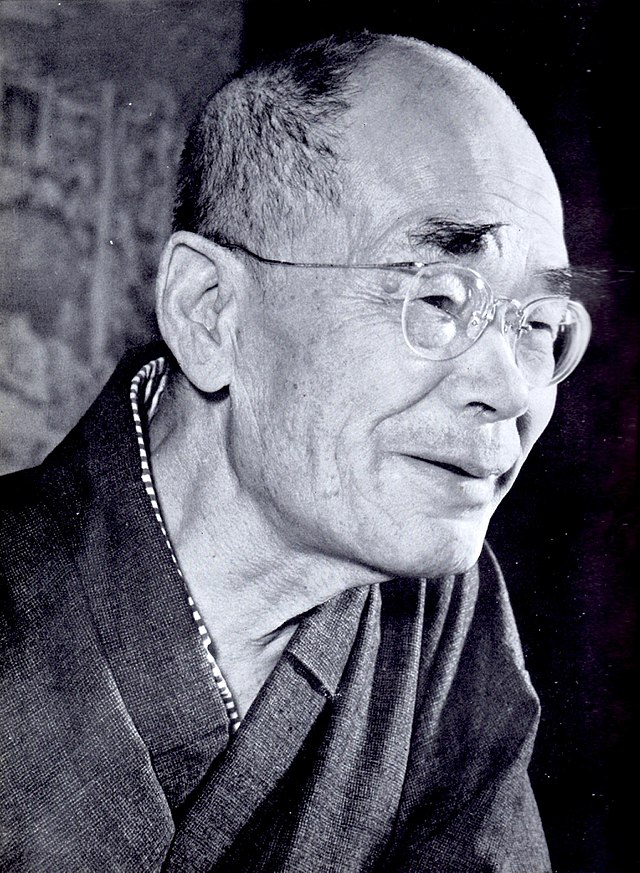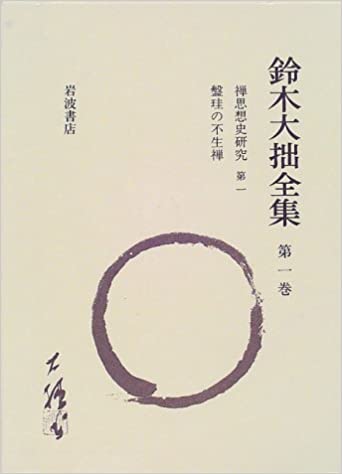5.1 Kanazawa people: Yoshio and Yoshiro Taniguchi, D.T. Suzuki
The D. T. Suzuki Museum鈴木大拙館 was close by. Suzuki鈴木大拙貞太 is credited with popularizing Zen Buddhism in the West. I had read some of his books. I had told Jiro I would like to visit the museum, and he had instructed his driver to take us there. The museum was designed by the architect Yoshio Taniguchi 谷口吉生, who also redesigned the Museum of Modern Art (MOMA) in New York City. Dana Buntrock, the eminent scholar of Japanese architecture, described Taniguchi as “the master of minimalism,” and his confidence in what is not there, what is implied, is evident in his work (page 140).


Sachiko: Yoshio Taniguchi designed two museums in Kanazawa. One is the D.T. Suzuki Museum and the other one is the Yoshiro Taniguchi / Yoshio Memorial Kanazawa Architectural Museum谷口吉郎・吉生記念 金沢建築館 The second was opened in July 2019 with the goal of transmitting the architectural cultural heritage of these two architects from Kanazawa to the world. The museum is built on the site of the residence of Yoshiro Taniguchi, a master of modernist architecture in Japan. The building was designed by Yoshiro Taniguchi’s eldest son, Yoshio, he himself an architect who has engaged in many international activities. Yoshiro (1904-1979), the father, was born in Kanazawa and lived in Teramachi Temple Town寺町. Scott, do you remember that I was born and raised in Kanazawa? Well, the Yoshiro Taniguchi / Yoshio Memorial Kanazawa Architectural Museum is just a 10 minutes’ walk from my home. Yoshio (1937-), the son, was born in Tokyo, but he moved with the family to Kanazawa to escape the bombs during World War 2, so he spent his childhood in Kanazawa absorbing local culture, especially from his father and his grandfather. Daisetsu Suzuki (1870-1966) was also born in Kanazawa. According to a very famous Buddhist scholar, Takeshi Umehara梅原猛 (1925-2019), Suzuki is “the largest Buddhist scholar in modern Japan”; he wrote about Zen in English and made Japanese Zen culture widely known abroad. Twenty-three of his one hundred books are written in English. Another interesting thing is that Suzuki’s best friend Kitaro Nishida西田幾多郎 (1870-1945), one of the most representative philosophers in Japan, was also born near Kanazawa. They become friends while attending the same high school in Kanazawa and their friendship lasted until Nishida’s death. Under the influence of D. T. Suzuki, Kitaro Nishida began to devote himself to Zen. Starting in his late twenties, Nishida too studied and trained thoroughly in Zen for more than ten years.







